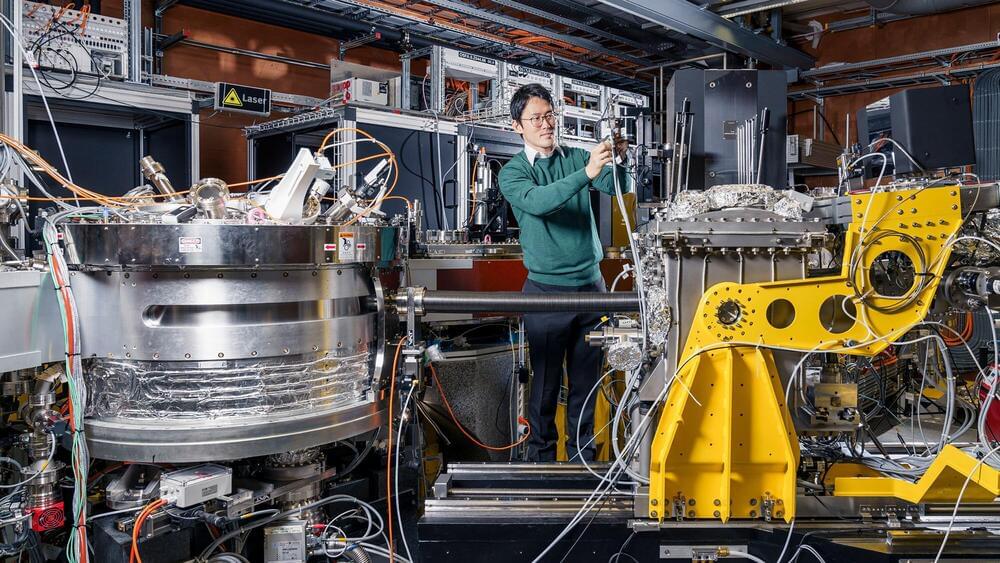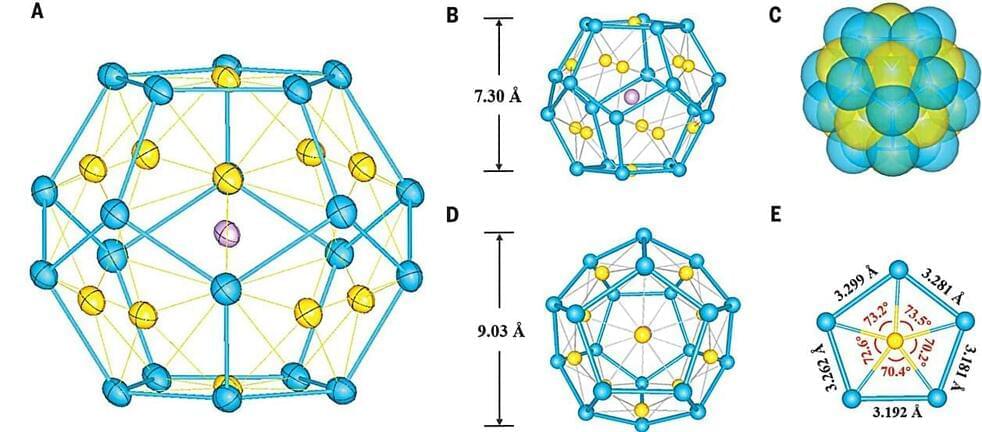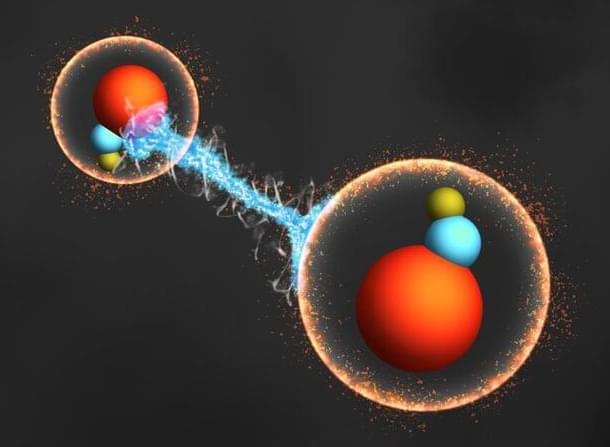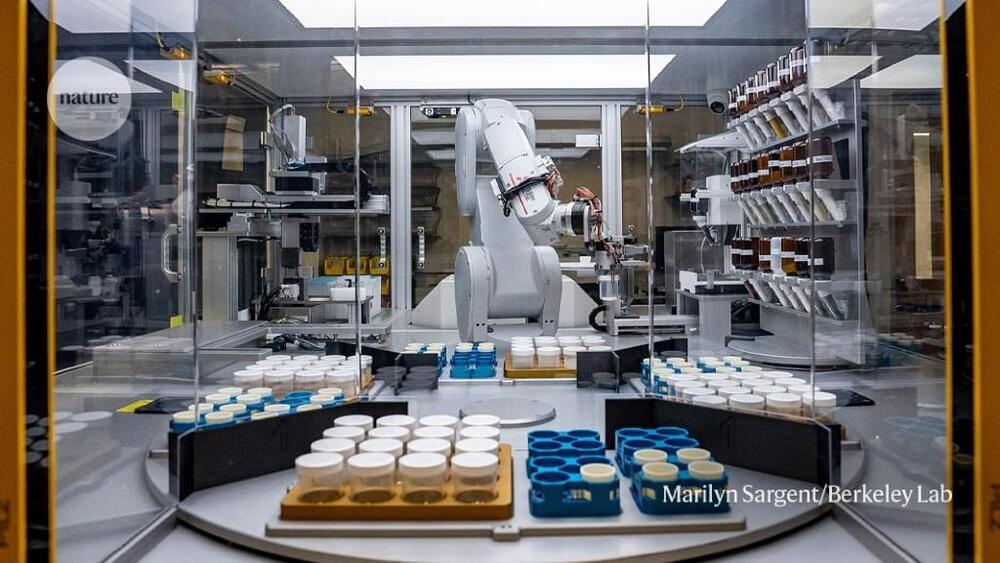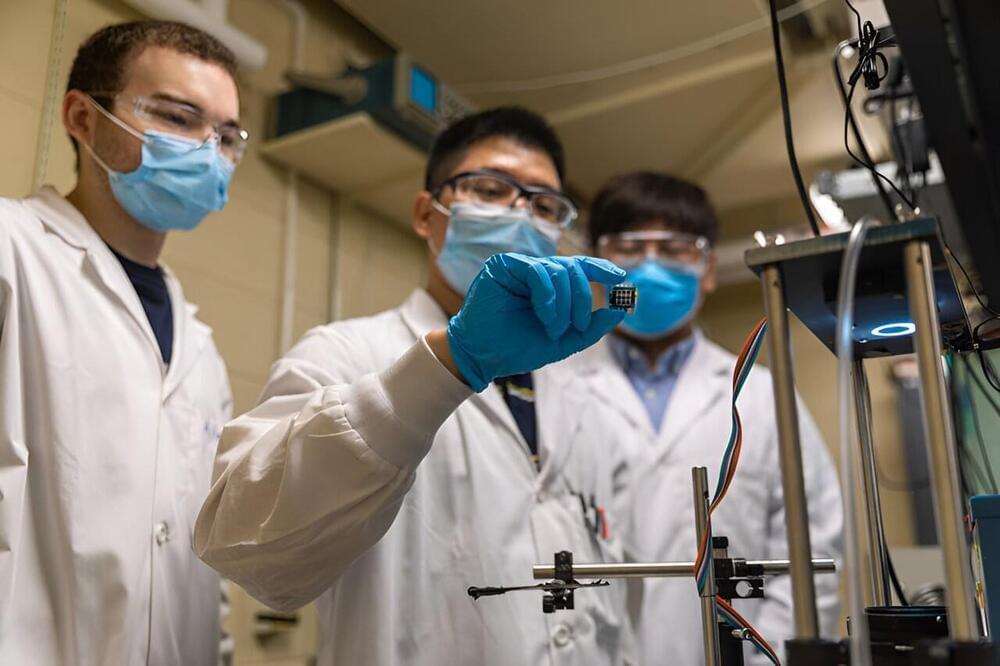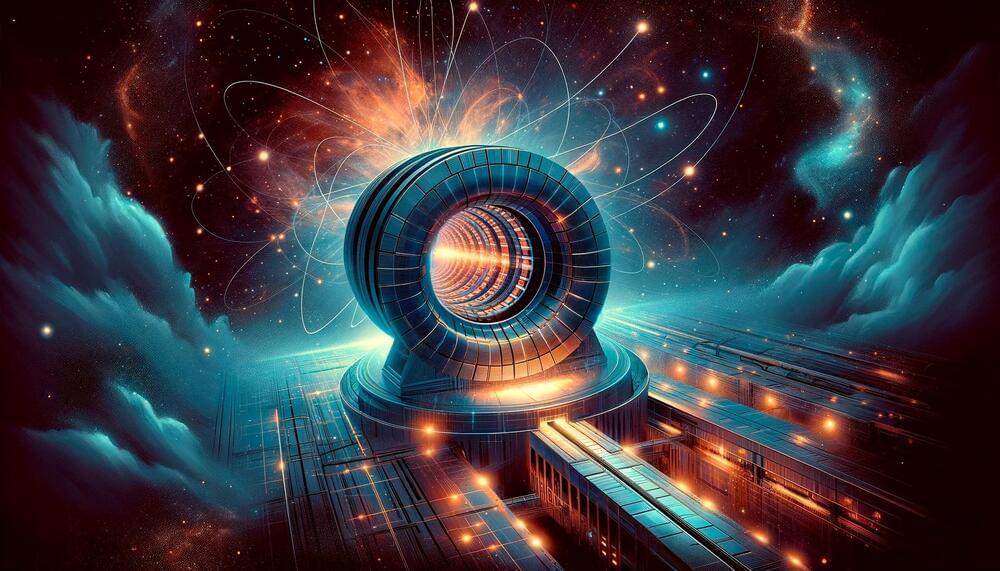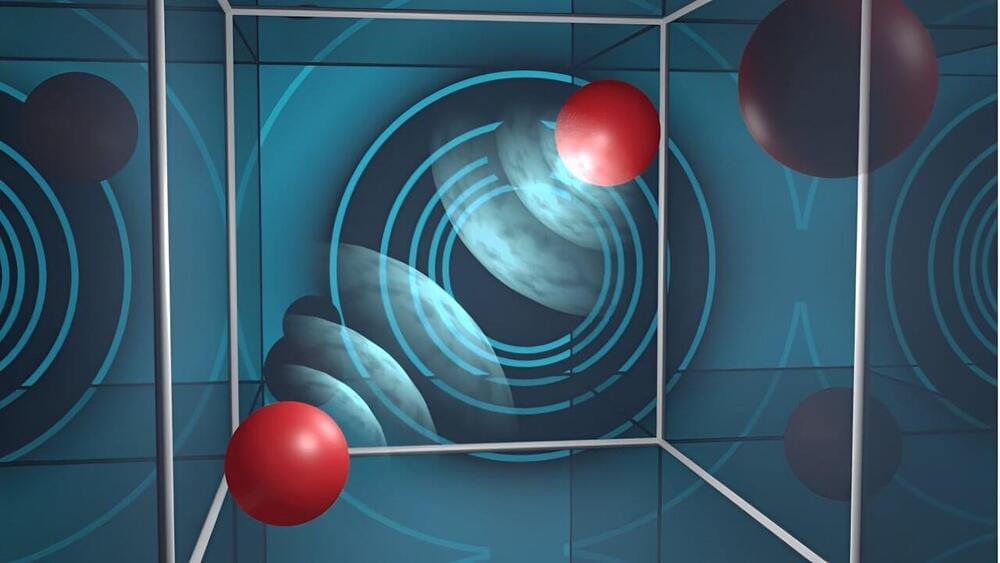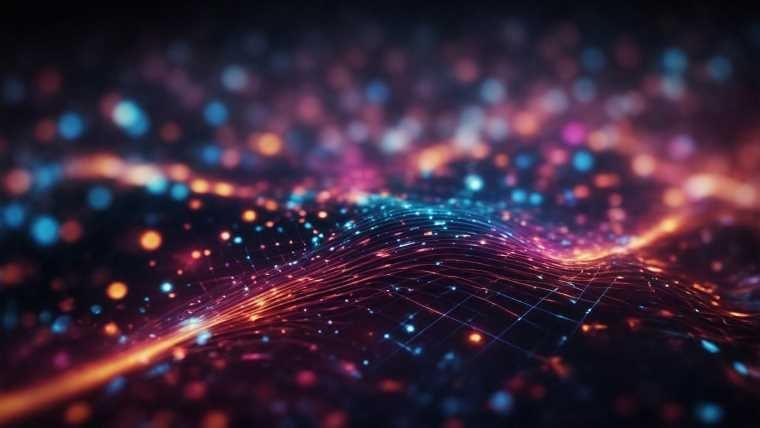Nov 30, 2023
The secret life of an electromagnon: Research takes a step toward ultrafast control of magnetism with light
Posted by Genevieve Klien in category: particle physics
Scientists have revealed how lattice vibrations and spins talk to each other in a hybrid excitation known as an electromagnon. To achieve this, they used a unique combination of experiments at the X-ray free electron laser SwissFEL. Understanding this fundamental process at the atomic level opens the door to ultrafast control of magnetism with light.
Within the atomic lattice of a solid, particles and their various properties cooperate in wave-like motions known as collective excitations. When atoms in a lattice jiggle together, the collective excitation is known as a phonon. Similarly, when the atomic spins—the magnetization of the atoms-move together, it’s known as a magnon.
The situation gets more complex. Some of these collective excitations talk to each other in so-called hybrid excitations. One such hybrid excitation is an electromagnon. Electromagnons get their name because of the ability to excite the atomic spins using the electric field of light, in contrast to conventional magnons: an exciting prospect for numerous technical applications. Yet their secret life at an atomic level is not well understood.
